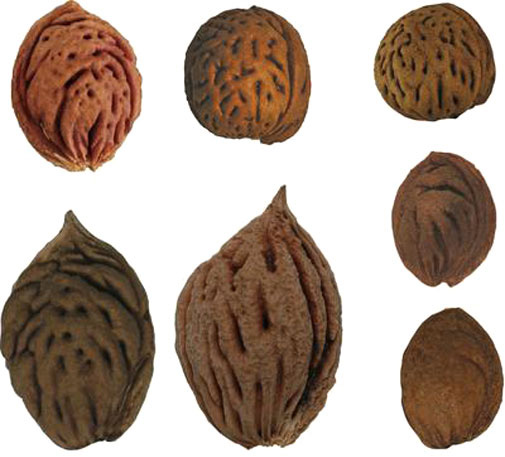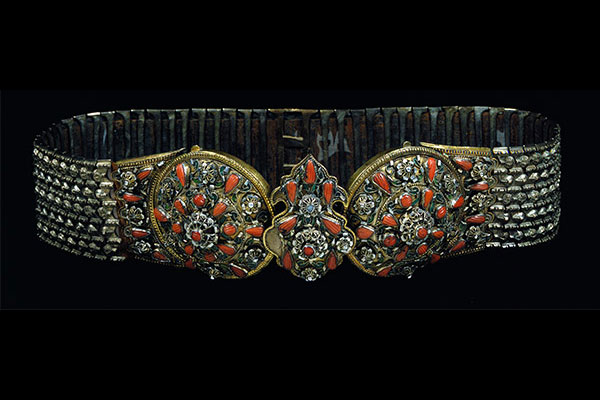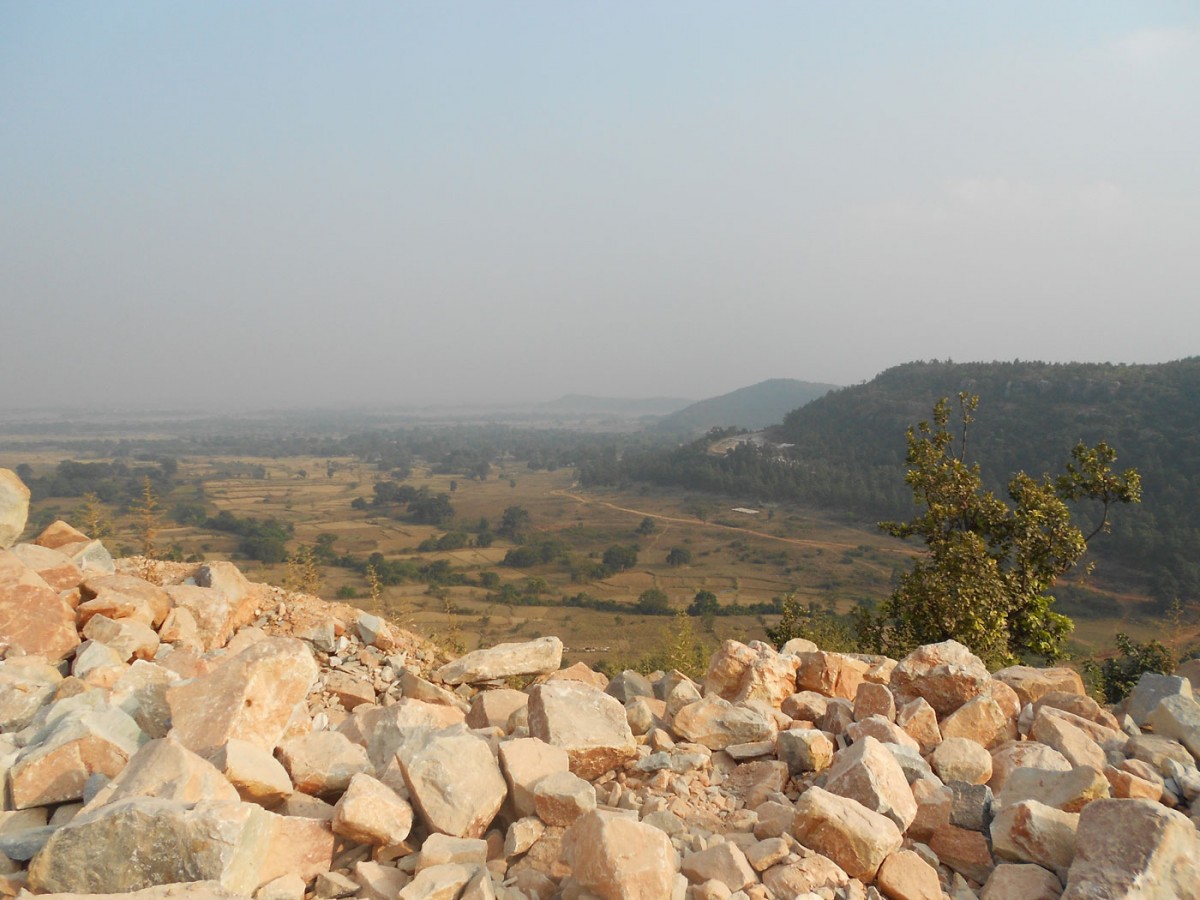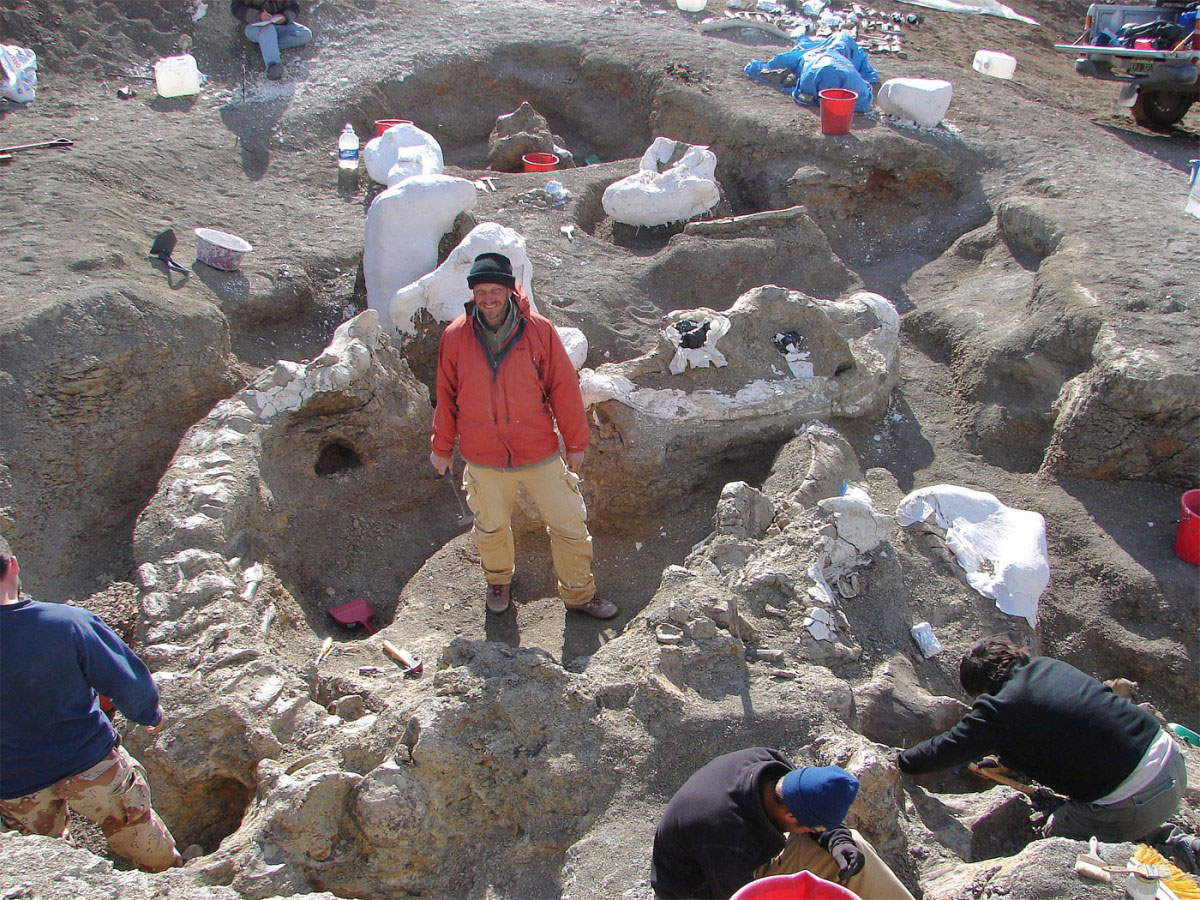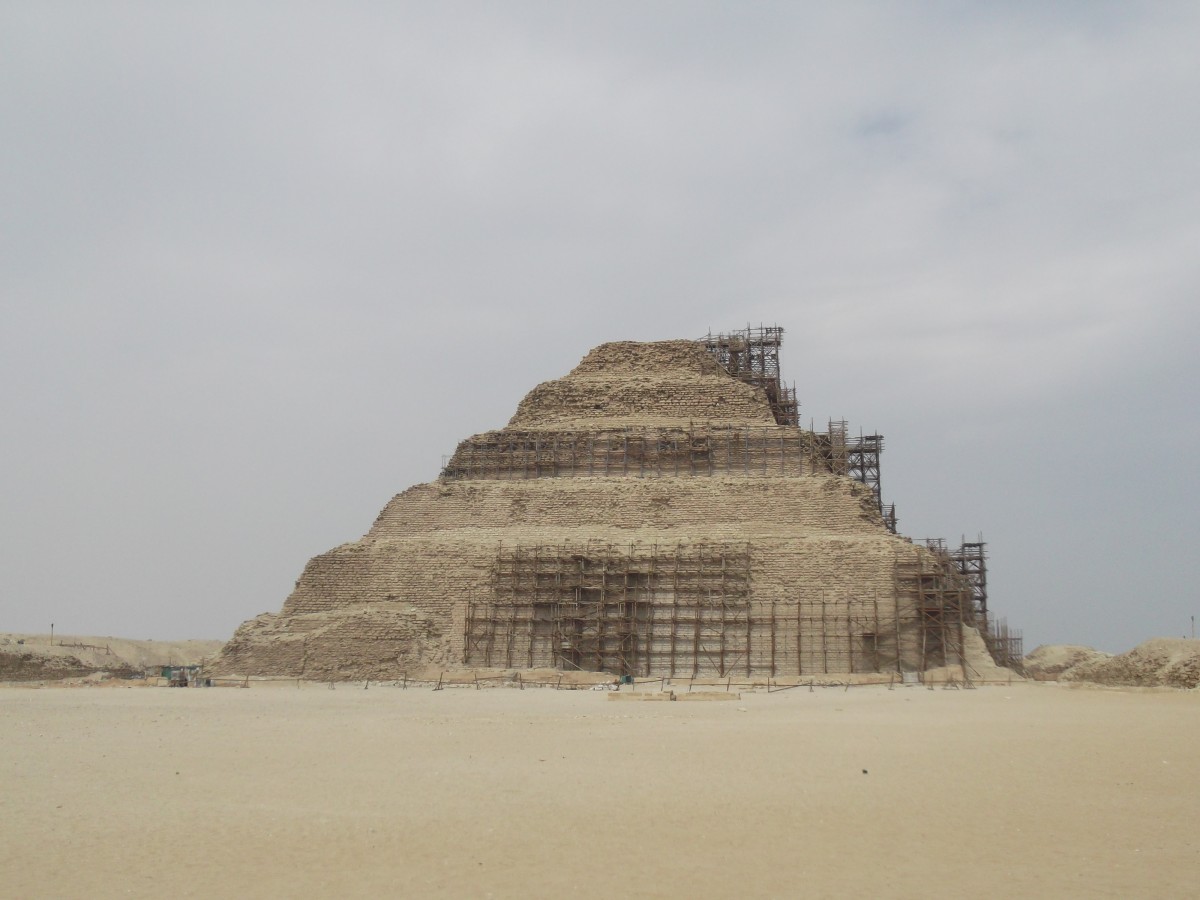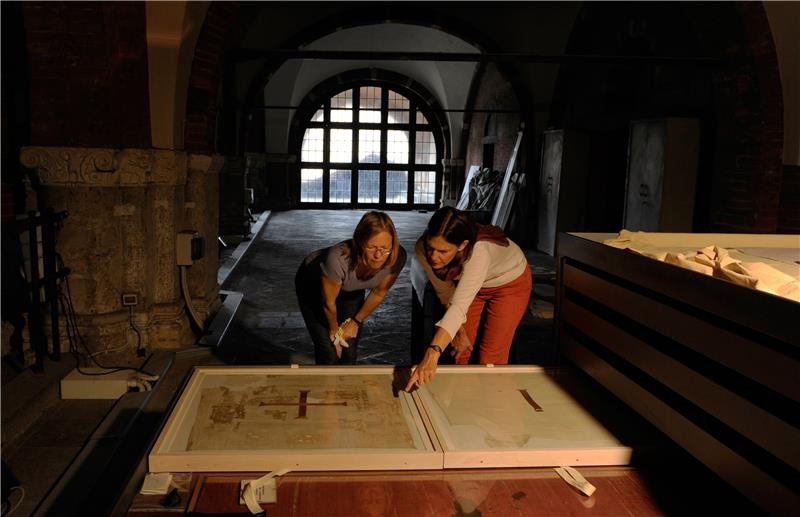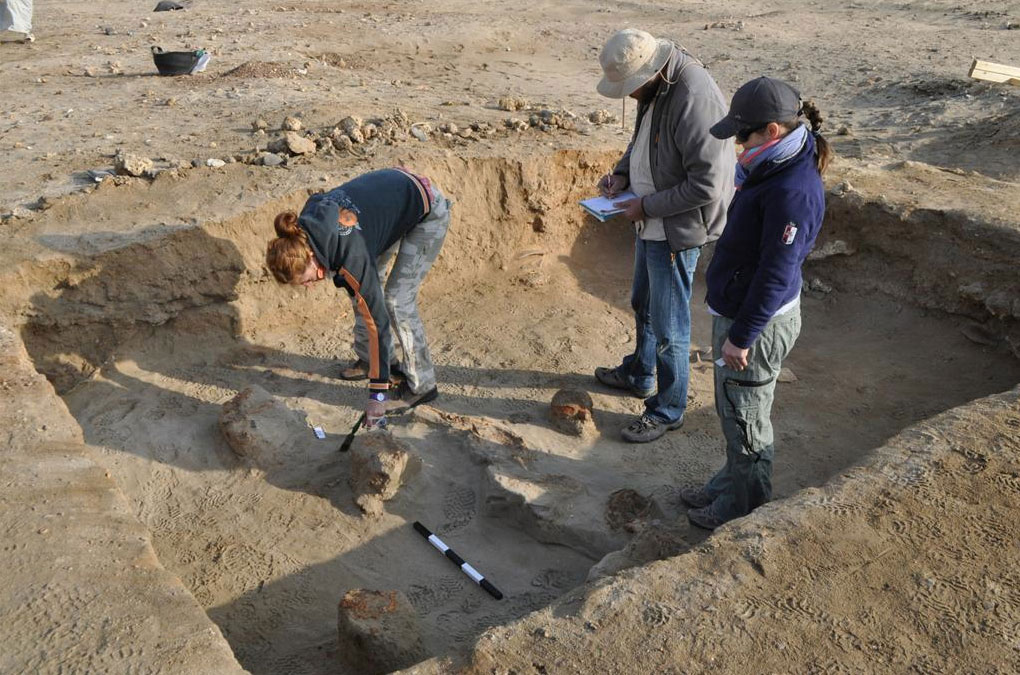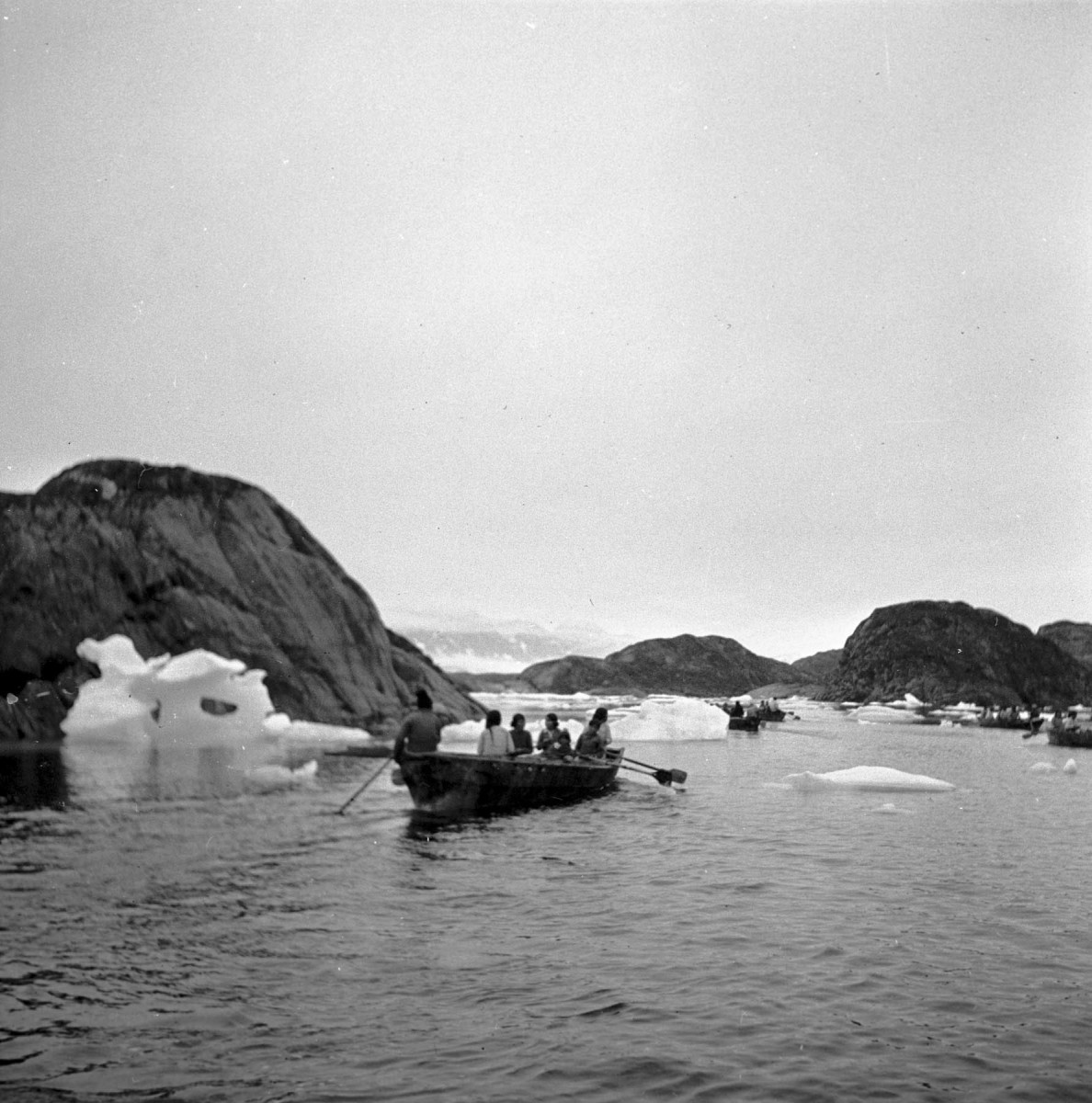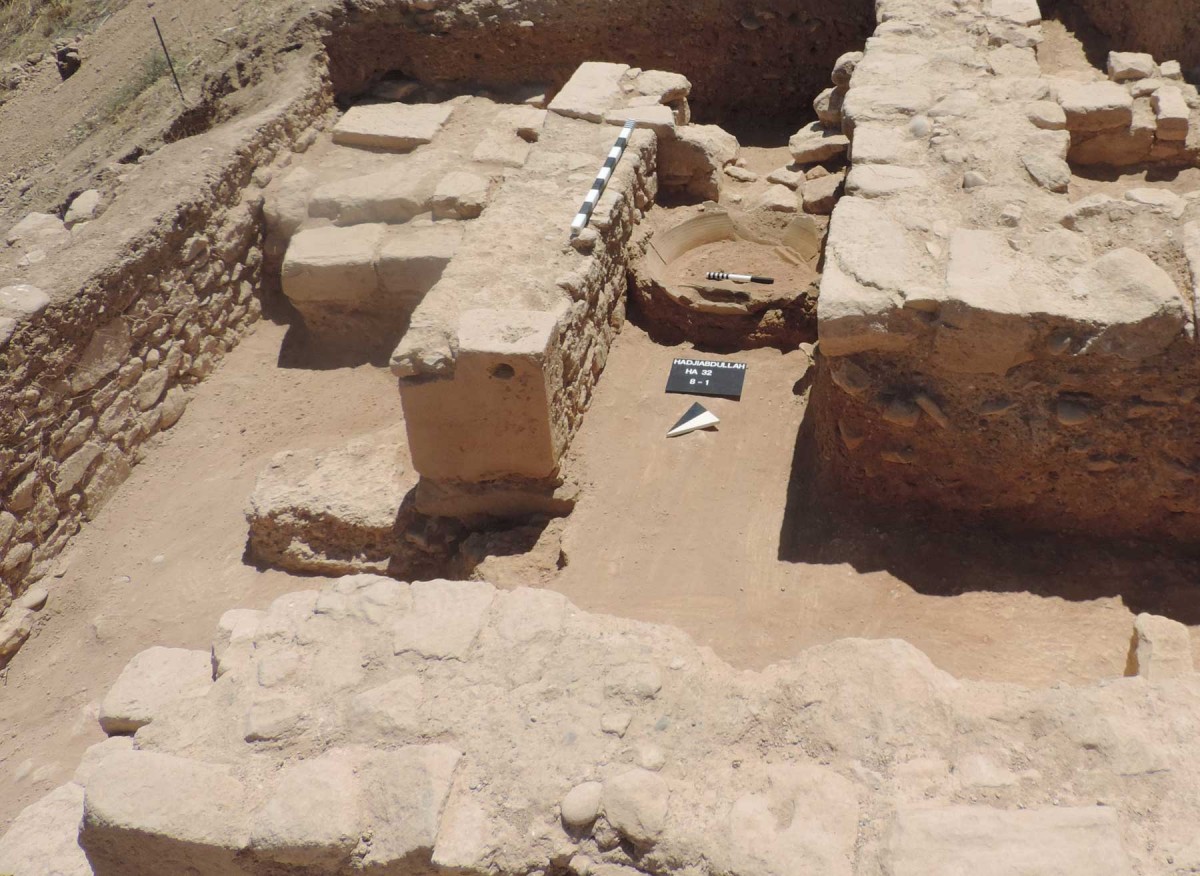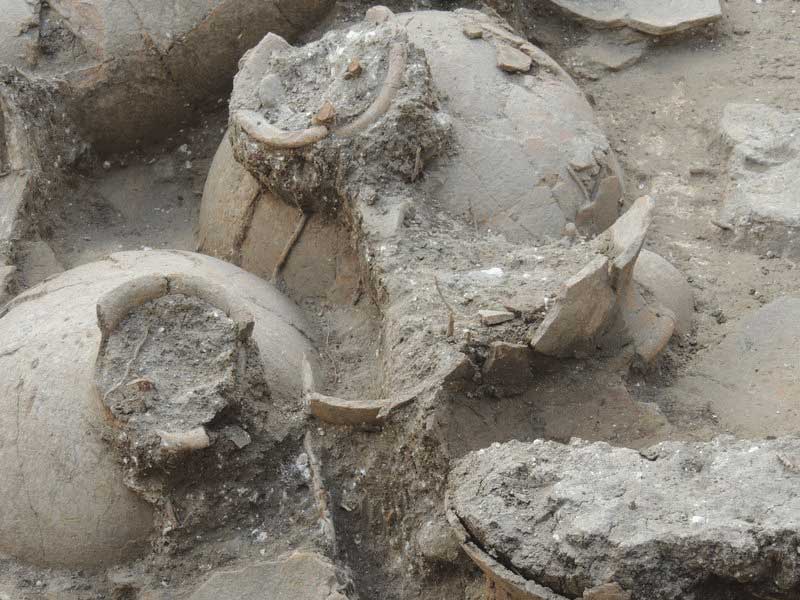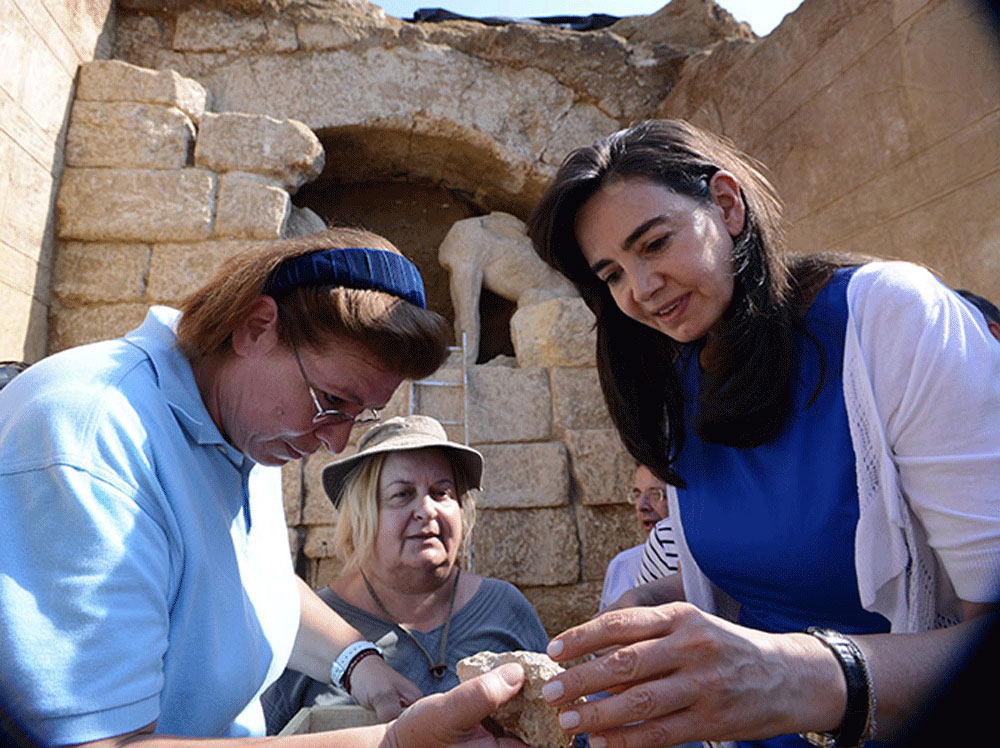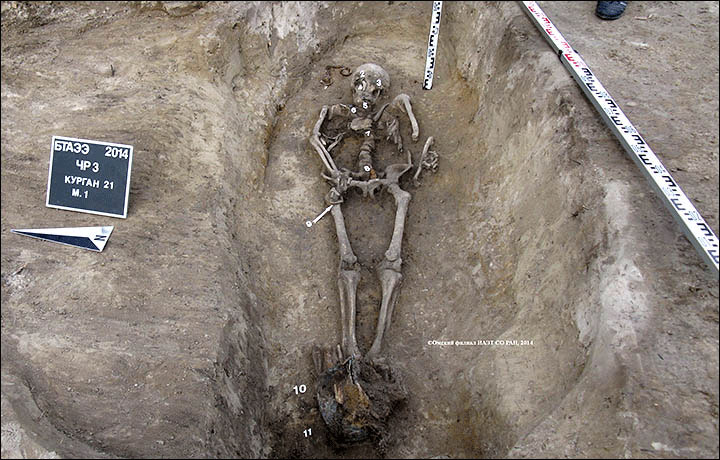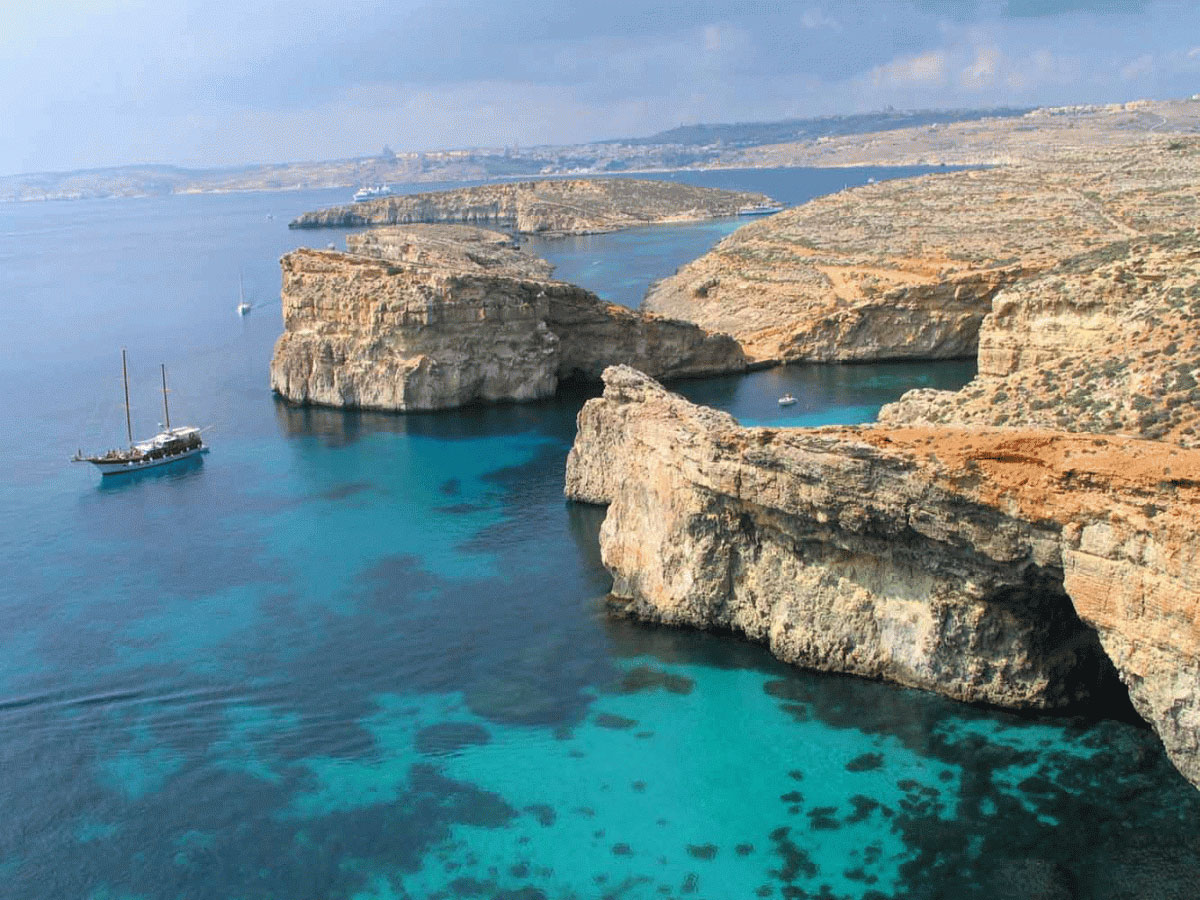It’s the pits!
As peach trees in the Niagara Region of Ontario give up the last of their fruit for the season, their ancestors halfway around the globe are clamouring for attention.
“Gods, Myths and Mortals” to open in Australia
The exhibition "Gods, Myths and Mortals" opens on Friday, September 12, at the Hellenic Museum of Melbourne in Australia.
Amphipolis: Two caryatids of exceptional artistry found
Two caryatids of exceptional artistry carved in Thasian marble were revealed on Saturday afternoon (September 6), during the ongoing excavations at the Casta hill burial monument in ancient Amphipolis.
One of world’s earliest Christian charms found
A 1,500 year old papyrus fragment found in the University of Manchester’s John Rylands Library has been identified as one the world’s earliest surviving Christian charms.
Trinity geologists re-write Earth’s evolutionary history books
They found that oxygen-producing life forms were present on Earth some 3 billion years ago – a full 60 million years earlier than previously thought.
T. Rex times seven: New dinosaur species is discovered in Argentina
At 85 feet long and weighing about 65 tons in life, Dreadnoughtus schrani is the largest land animal for which a body mass can be accurately calculated.
The first Neanderthal work of art?
A study of a rock engraving discovered within Gorham’s Cave in Gibraltar finds that the series of criss-crossed lines cut into stone was likely created by Neanderthals.
Saqqara Pyramid: destroyed by the company hired to fix it?
Egypt's oldest pyramid is being destroyed by the company hired to fix it, according to local reports.
Amphipolis: excavations in progress
Α floor section was discovered as the excavation of the Ancient Amphipolis tomb continues.
From silk tunics to relics
Researchers from the University of Bonn reconstruct the Veneration of Saints from 4th-century tunics.
Modern population boom traced to pre-industrial roots
The foundation of the human population explosion, commonly attributed to a sudden surge in industrialization and public health during the 18th and 19th centuries, was actually laid as far back as 2,000 years ago, suggests an extended model of detailed demographic and archeological data.
Twelve million historical images posted to Flickr
An American academic is creating a searchable database of 12 million historical copyright-free images, according to BBC.
Red Sea port studied by Polish archaeologists
Archaeologists studied two-thousand-year-old port infrastructure and a large animal cemetery in Berenice on the Red Sea in Egypt.
Teaching women’s history
A website developed by postgraduate students from the University of York aims to encourage the integrated teaching of women’s history in UK's school curriculum.
Scientists conclude sun-powered boat trip to find Europe’s oldest village
An archeological mission in Greece has found traces of what could be the site where the first European Lives. The mission took place on PlanetSolar, the world’s biggest solar boat.
Ancient Metal Workers Were Not Slaves But Highly Regarded Craftsmen
Iron Age copper smelters were respected leaders with sophisticated skills, say Tel Aviv University archaeologists.
The New World Arctic about 5,000 years ago
New DNA study unravels the settlement history of the New World Arctic.
Kouklia-Palaepaphos: Excavations completed
Archaeologists located an impressive citadel wall of the Classical period on the plateau of Hadjiabdoulla.
Cananite rulers wanted it red, sweet and spicy
Remains of 40 large jugs found at Tel Kabri show traces of wine infused with herbs and resins.
A monument is discovered and preserved simultaneously
Katerina Peristeri speaks out, making clear that she and her team know exactly what they are dealing with and how to proceed working in the site.
The Vikings were recycling their ships to build on land
Wood for the jetty seems to come from the settlers' own long boats, which was, in a way, recycled to support the Vikings' life once they had found their "promiseland" in Ireland.
Bogatyr, the life and death of a great warrior
Archaeologists named the man "Bogatyr" which means "Great Warrior". His physical appearance, the way he spent his life, the way he died and the way he was honored by his fellow tribespeople all indicate he was brave and respected.
Pebbled and decorated with black and white square patterns
Archaeologists excavating the massive Macedonian style tomb have now fully revealed the monumental entrance to the building having also brought to light its floor.
Ancient shipwreck with Phoenician artefacts has been located off Gozo
While the find has been reported in the local media, the exact location of the shipwreck will be diosclosed after experts finish their work.
